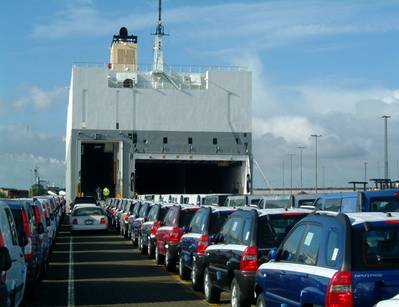Sea Trials Prove SEEMP NAPA Software Does Save Fuel
Electronic SEEMP solution from NAPA proves almost 6% annual reduction in fuel consumption for a 2860 lane meter Bore RoFlex vessel,
In advance of International Maritime Organisation’s (IMO) ship energy efficiency management plan (SEEMP) legislation becoming mandatory from January 2013, Finnish shipping company Bore has announced the results of its trial of electronic SEEMP software, which has verified a 5.8% reduction in fuel consumption.
The company’s 89-day sea trial of the NAPA for Operations SEEMP software, conducted between April and July 2012 along routes between Cadiz and Naples and Cadiz and Pauillac, delivered calculated annual fuel savings of 320 tonnes, equivalent to $210,000 in fuel savings per annum, onboard one of the most efficient Ro-Ro vessels in its class, the M/V Bore Sea.
Through advanced normalisation calculations the difference in average speed, the effect of wind, and constant rpm mode to combinator mode were factored out of this result. This process showed that speed optimisation alone created a 5% reduction in fuel consumption, with potential from trim optimisation providing another 0.8%. Through this normalization process and data analysis, NAPA could also verify substantial additional saving of approximately 10% from WE Tech Solutions’ Variable Frequency Drive Shaft Generator (VFD SG) application.
Voyage reporting and electronic logbook systems were installed for a 63-day reference phase to establish the benchmark performance of the vessel before efficiency management processes were enacted for the trial. Fuel consumption and efficiency data continued to be transmitted to shore every 10 minutes throughout the second stage of the study to give an accurate foundation for analysis.
NAPA Speed Optimiser software was implemented to enable efficiency improvements to the vessel’s speed profile, reducing the standard deviation of the speed profile from 1.6kn to 0.7kn. This measure alone contributed significantly to the fuel savings.

















